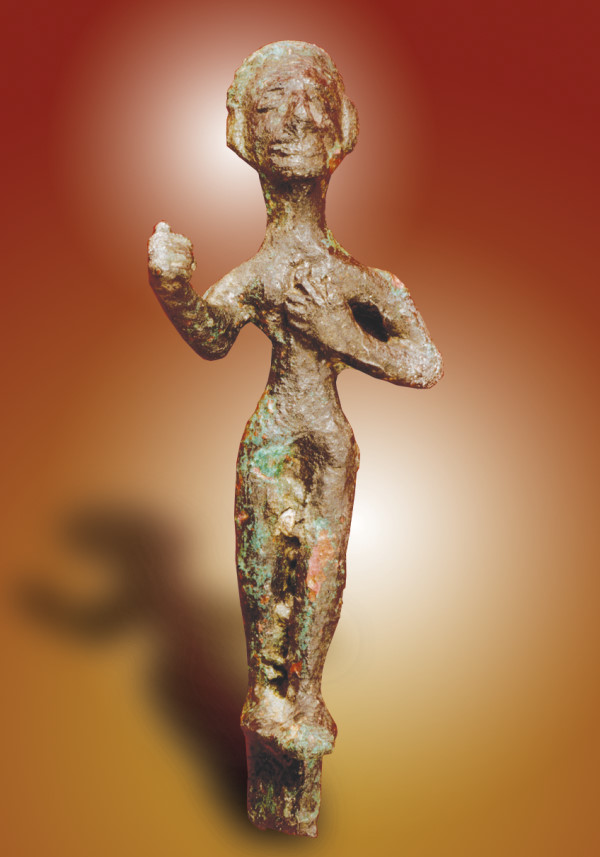
Trojans and Hittites
- 61 What was Troy called in Hittite texts?
- 62 When did Troy-Hittite relations start?
- 63 Was There Any Mention of the Achaens in Hittite Texts?
- 64 Why did Troyans and Hittites conclude a treaty?
- 65 Is there any information in Hittite texts about the Trojan War?
- 66 Are there any written findings in Troy that indicates any relationships with Hittites?
- 67 Whose side was Hittites on during the Trojan War?
- 68 Is there a relationship between the Trojan War and the fall of the Hıittite Empire?
- 69 Are there any written documents in the Hittite archives that were sent from the west to the east?
- 70 Why was it the case that Troy, Mycean, and the Hittite Empire fell one after the other?